It has been estimated that infertility, or the inability of a person to conceive by natural means or stay pregnant, affects as many as 15% of couples in the US at reproductive age. Also, 1 in 500 women has uterine infertility, which could be caused by reasons such as defects at birth, injury or infection.
A few days ago, what is being called a “medical milestone” and a possible breakthrough in fertility treatment, doctors have successfully delivered a healthy Brazilian baby girl who was the product of a womb transplant from a deceased donor. The report of the case has been published in the Lancet journal by Ejzenberg, D. et al.
In 2014, in Sweden, uterus transplants were performed from live donors in order to treat infertility, and this inspired many researchers and transplantation centers, globally.
On the other hand, the scientists of the research claim that this is the first time a dead donor’s womb was successfully transplanted into a woman without a uterus, producing a healthy baby. In fact, the same procedure (uterus transplant) was attempted in the US, the Czech Republic, and Turkey, in the past, but they did not result in live births.
Case Study of Live Birth from Womb Transplant
Dr. Dani Ejzenberg of the Sao Paulo University hospital in Brazil, who led the research, performed the transplant on a 32-year-old woman who had the rare condition of an underdeveloped or missing uterus, even though her ovaries were present and functional; this is known as the Mayer-Rokitansky-Küster-Hauser syndrome. Before these technological advances became possible, the only options for such women were adoption or surrogacy.
In September 2016, at the age of 45, the donor, of the uterus for the transplant, died due to a brain hemorrhage. Following her death, the doctors connected her uterus to the recipient (anonymous at that time), through veins, arteries, ligaments, and a birth canal, in a giant, 10-hour surgery. The woman remained under observation in the ICU for two days, following which she spent six days in the transplant ward.
The transplantation procedure went off without a hitch, and the recipient began having her periods. This continued for seven months, while the lining of her new “uterus” was allowed to thicken in order to transfer frozen IVF-fertilized eggs into it. At this time, the woman was also given immunosuppression medications to weaken her immune system to prevent any reactions by the body to the transplant such as rejection. Additionally, she was administered drugs to combat blood clotting and infections.
The “uncomplicated pregnancy” was a success. On December 15, 2017, at 35 weeks and 3 days, a healthy baby girl was delivered by C-section, weighing 2,556 g (5.6 lb). When the case study report was published to the Lancet journal, the child (weight of 7.5 kg/16.5 lb) was still being breastfed.
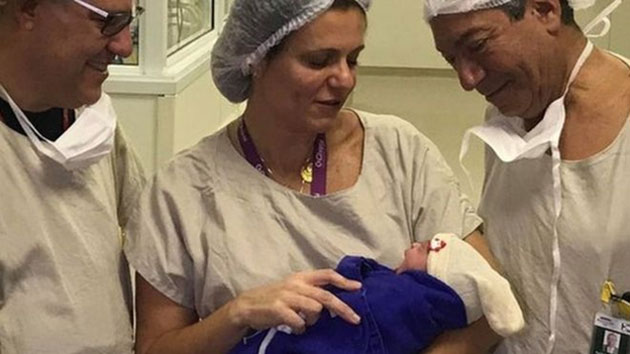
Doctors holding the newborn, the product of a womb transplant from a deceased donor. (Source: Reuters)
Until now, uterus transplants were procured from live donors, but it was found that several people were willing to donate their organs after their deaths, and, in fact, a much larger number in comparison to those who were alive. In Dr. Ejzenberg’s words, “The first uterus transplants from live donors were a medical milestone, creating the possibility of childbirth for many infertile women with access to suitable donors and the needed medical facilities. However, the need for a live donor is a major limitation as donors are rare, typically being willing and eligible family members or close friends.”
Imperial College’s Dr. Srdjan Saso was also “excited” to note the success of this particular case. He described some of the advantages of acquiring transplants from deceased donors — they constitute a larger population, it could lower the costs, and reduce the surgical risks usually posed to live donors. Lead author, Dr. Ejzenberg, also agreed by saying that this treatment could expand access to women with infertility by the uterus.
Although this technique needs to be further optimized and proper comparisons between live and deceased donations done, there could be a future for womb transplant from dead donors, since it offers women diagnosed with infertility the dream and chance of having their “own” baby.
Top Image: A healthy baby girl was born to a Brazilian woman as a result of womb transplant from a dead donor, for the first time ever. (Source: Government of Alberta/Flickr)
References
First baby born thanks to womb transplant from deceased donor, 2018. NewScientist, https://www.newscientist.com/article/2187397-first-baby-born-thanks-to-womb-transplant-from-deceased-donor/, (accessed Dec 1, 2018)
Baby girl becomes first born after womb transplant from deceased donor, 2018, Independent, https://www.independent.co.uk/news/health/womb-transplant-uterus-baby-girl-infertility-brazil-deceased-donor-birth-lancet-pregnancy-a8667121.html, (accessed Dec 1, 2018)
First baby born after deceased womb transplant, 2018, BBC News, https://www.bbc.com/news/health-46438396, (accessed Dec 1, 2018)
Ejzenberg, D. et al. (2018), ‘Livebirth after uterus transplantation from a deceased donor in a recipient with uterine infertility’, The Lancet

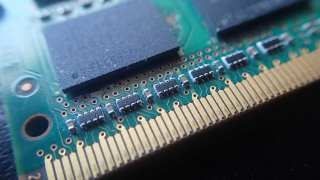
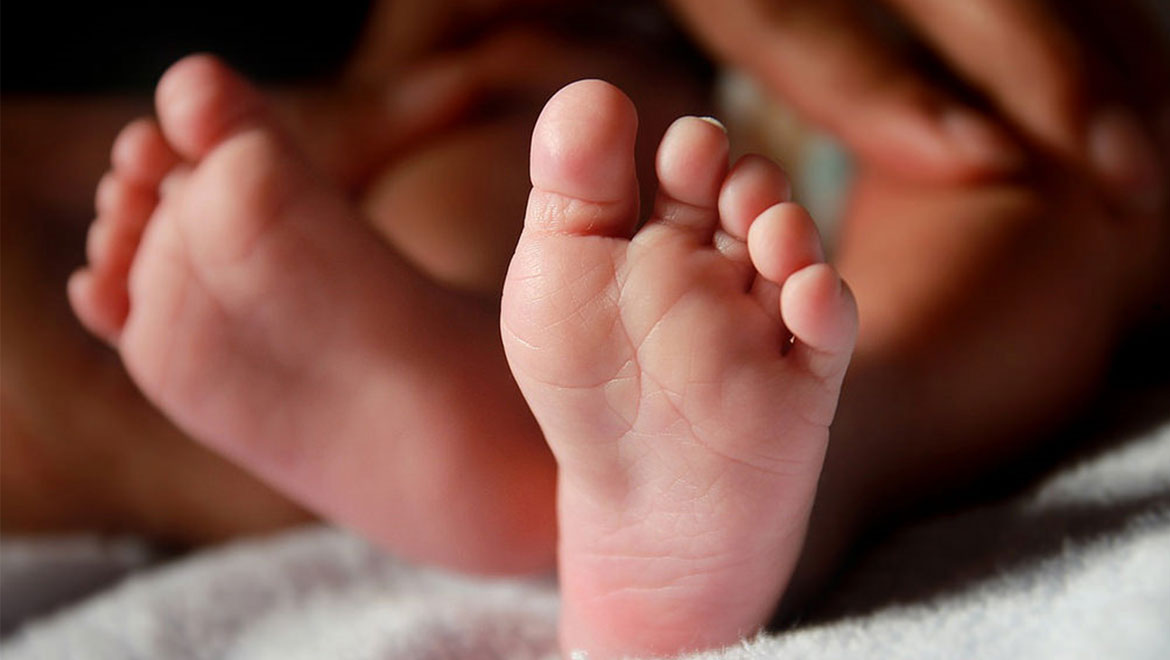


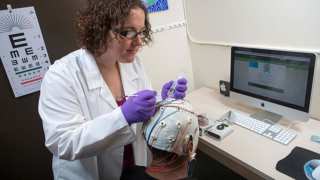
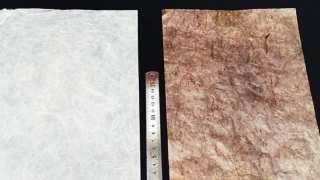
No comment